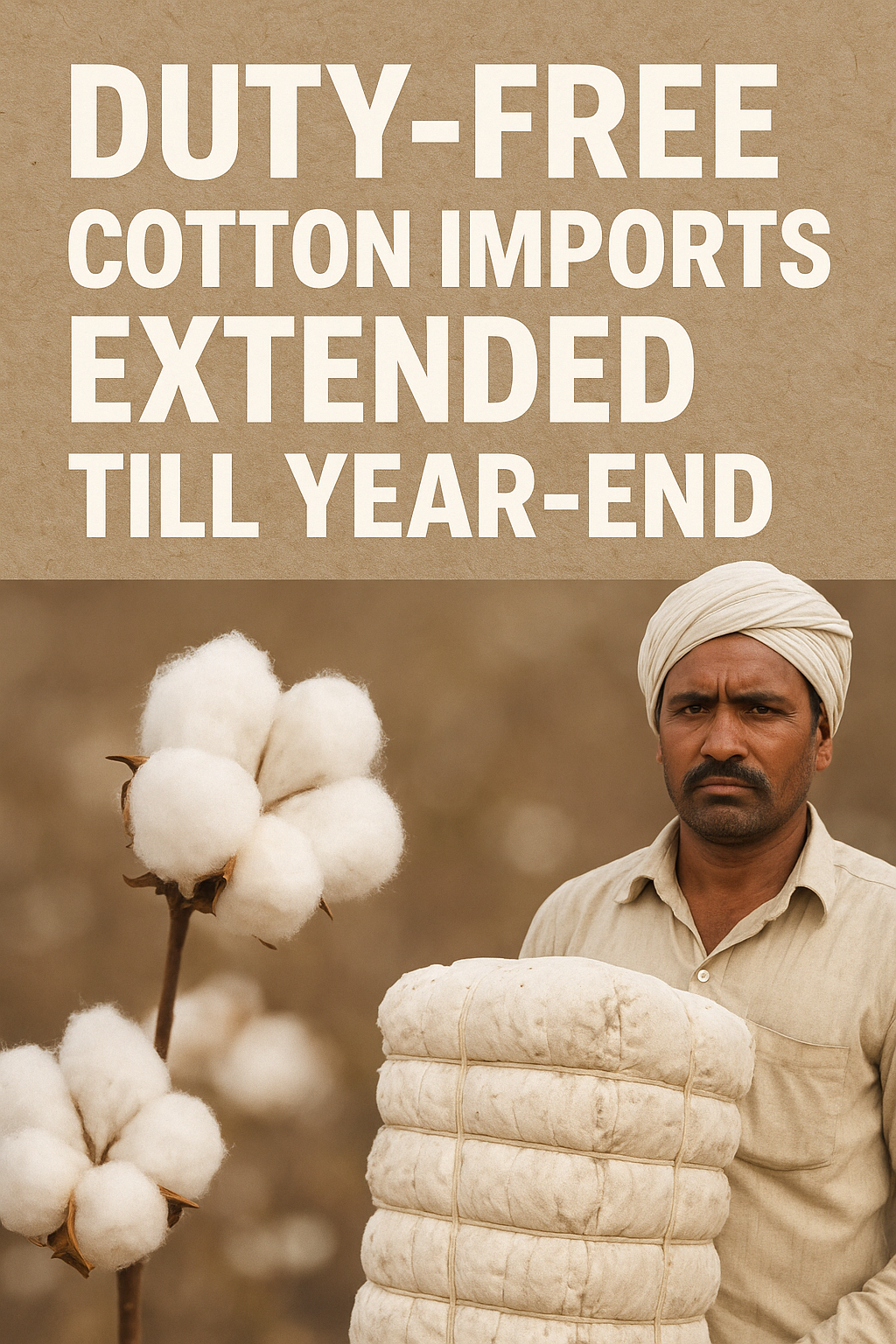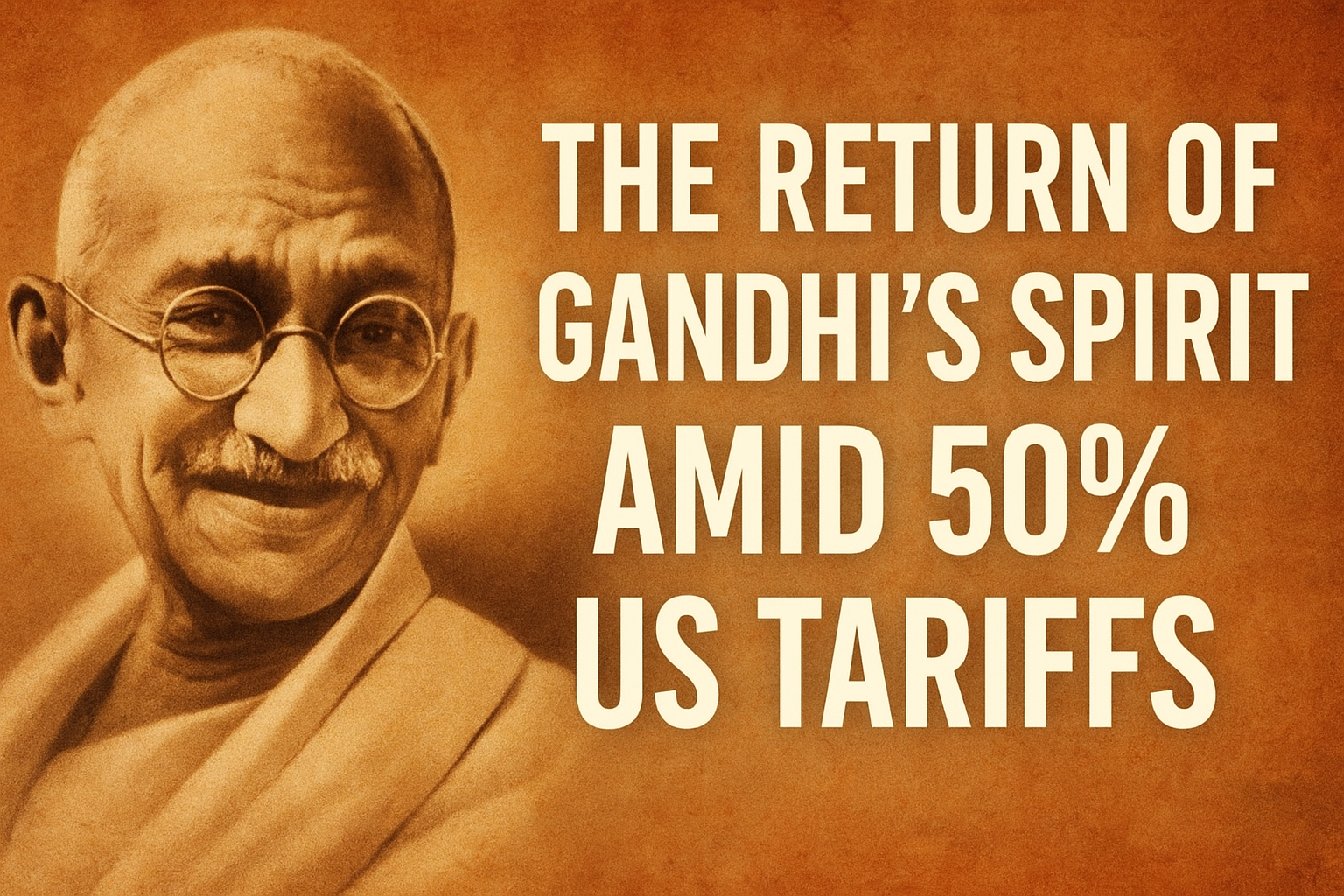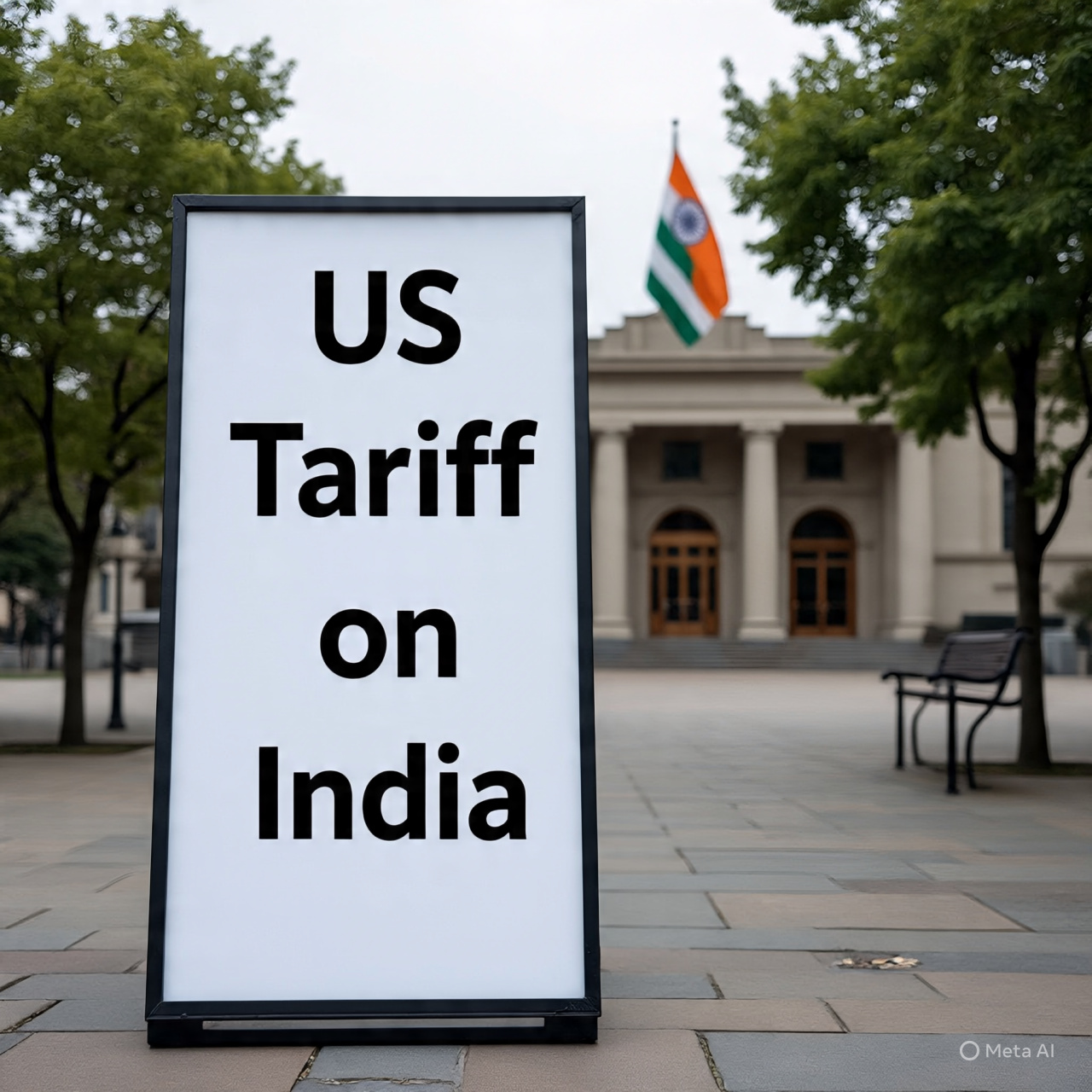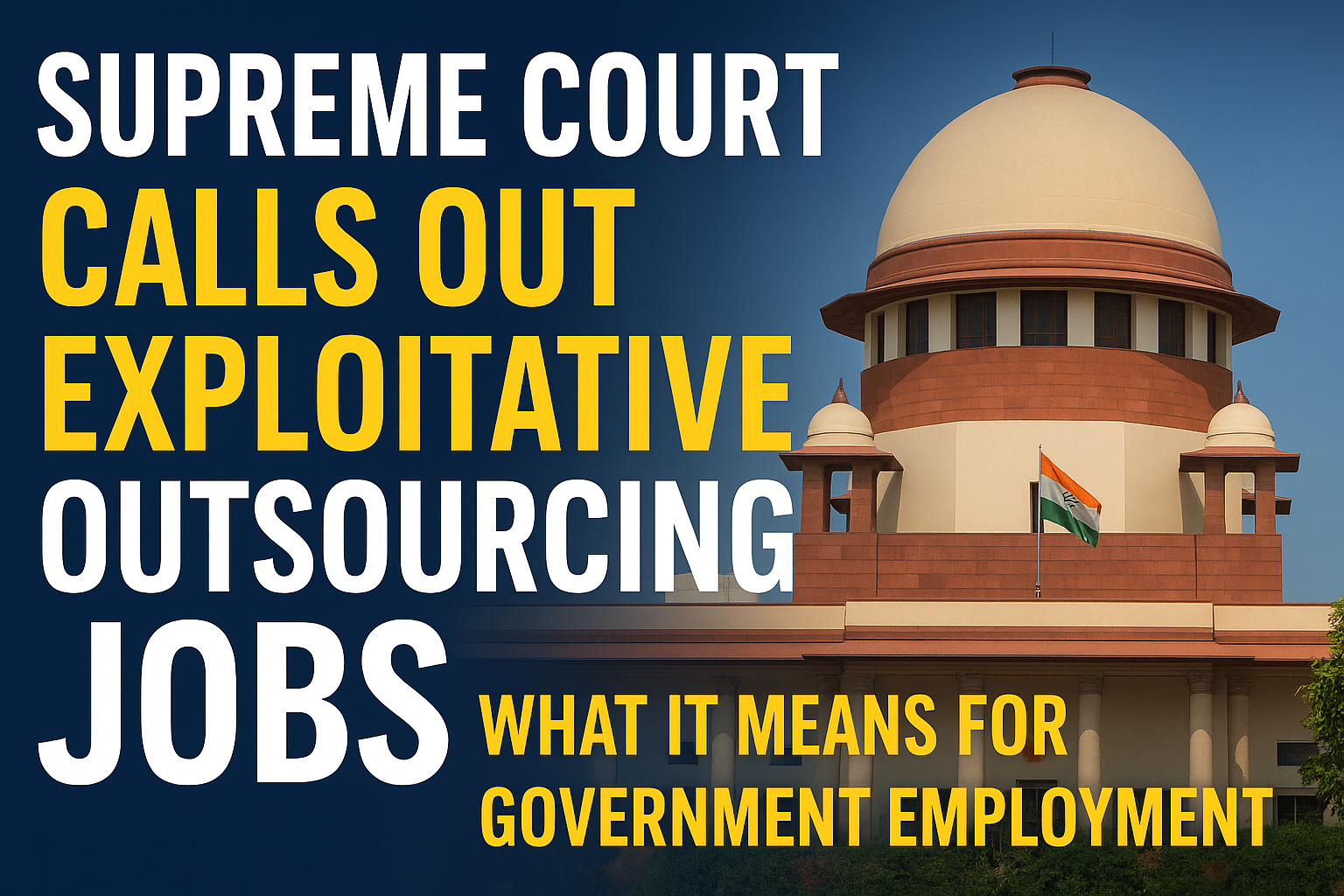
In a region where boundaries are etched not just by land but by rivers, water has long been the silent thread binding India and Pakistan. That thread, as of now, is snapped. In response to the recent terror attack in Pahalgam, which left the nation wounded and enraged, India has formally broken away from the Indus Waters Treaty—a move that, until now, had remained a rhetorical threat since the days of Uri and Pulwama. But this time, it is not a warning. It is policy.
The treaty, signed in 1960 with World Bank mediation, had survived wars and diplomacy. But terrorism has proven to be its final test. With India's exit from the pact, the question now is not whether Pakistan’s water supply will be affected—but how fast and how deep the impact will run. The answer lies not in a flood of immediate retaliation, but in a slow, strategic, and legal strangulation of Pakistan’s agricultural heart.
From Treaty to Tactic: India’s Watershed Decision
India’s departure from the Indus Waters Treaty marks a tectonic shift in South Asian diplomacy. No longer bound by limitations on the use of the western rivers—Indus, Jhelum, and Chenab—India has gained unshackled freedom over what was once Pakistan’s primary water lifeline. Under the old agreement, India could not store or divert water from these rivers beyond tightly regulated non-consumptive use. That restraint has now ended.
The decision was not spontaneous. It followed a pattern of increasing provocation and accumulated frustration. After the Pahalgam massacre, which the Indian government has attributed to cross-border planning and support, the calculus changed. Water—once a shared necessity—has become a lever of national security. India now seeks to turn every permitted drop of delay into a strategic advantage. With new dam construction, full control of eastern rivers, and possible inter-basin transfers, India is poised to make Pakistan pay for each act of hostility—this time, with parched lands and empty canals.
Engineering a Drought: Infrastructure as a Weapon
Though the political will has been cemented, the transformation from treaty to tactical pressure will not occur overnight. India must first accelerate its existing hydropower and storage infrastructure. Major projects on the western rivers—many of which were previously constrained by treaty obligations—can now be fast-tracked without diplomatic constraint. Dams like Pakal Dul, Ratle, and Bursar will no longer have to worry about Pakistani objections or international arbitration panels. The water that once flowed unchallenged into Pakistan can now be stored, timed, and even rerouted.
India is also expected to push through stalled projects on the Ravi and Beas, which still lose significant volumes of water into Pakistan due to infrastructural gaps. With the treaty gone, there is neither obligation nor hesitation left to fix those leaks. Pakistan may find itself increasingly dependent on seasonal monsoons and fast-depleting groundwater, as India consolidates control over upstream flow. Each year will bring a new layer of difficulty, as the effects of these projects begin to ripple downstream.
Agriculture at Risk: Pakistan’s Looming Water Crisis
For Pakistan, the consequences are not just environmental—they are existential. Over 90 percent of its agriculture relies on irrigation sourced from the Indus system. Wheat, rice, and cotton—the backbone of its food economy—are all intimately tied to predictable water availability. A sudden disruption in water timing or volume, even if gradual, can destroy crop cycles, reduce yields, and deepen rural distress.
If India manages to hold back or delay just 10 percent of peak-season flows in the coming years, Pakistani farmers could face crippling shortages during critical sowing and harvesting windows. The impact would not be uniform—it would devastate provinces like Sindh and South Punjab disproportionately, exacerbating regional tensions within Pakistan. Food inflation, already a political flashpoint in Islamabad, may rise further. And with it, so will public anger.
The crisis may also push Pakistan towards greater groundwater dependence—an unsustainable solution at best. With aquifers already stressed and extraction costs rising, the country could face a dual calamity: a collapsing agriculture sector and worsening energy demands to pump what little groundwater remains. The economic hit may surpass that of any trade embargo or conventional conflict. This is not merely a strategic play by India; it is a systemic chokehold designed to expose Pakistan’s dependence on a treaty it never truly respected.
Diplomacy, Law, and the Price of Hostility
Some in the international community may raise concerns about India’s unilateral exit from the treaty, but the moral ground has already shifted. The Indus Waters Treaty was founded on mutual trust and peaceful coexistence. Terror attacks, planned with impunity across the border, have rendered those assumptions obsolete. No nation can be expected to uphold the sanctity of a water treaty when its own citizens are being killed with calculated regularity.
India, even in exit, is likely to proceed with strategic caution. There may still be room for controlled bilateral talks, but only if Pakistan dismantles the terror networks it has so long cultivated. Until then, diplomacy will be conducted through water flow, not words. The rivers that once connected the two nations will now divide them—more sharply than ever.
The River Runs Dry for Retaliation
In choosing to break the Indus Waters Treaty after Pahalgam, India has turned a corner—not toward war, but toward a different kind of warfare. It is a cold, calculated method of deterrence. One that doesn’t violate international borders or laws of war—but rewrites the rules of engagement. Over the next seven to ten years, Pakistan will feel the effects not of a flood, but of a carefully engineered drought.
The taps won’t close all at once. But they will tighten—drop by drop, season by season—until the fields of hostility finally run dry.








.jpeg)


.jpeg)









